
Earlier this month I have checked the Time Capsule exhibition presented by Louis Vuitton in Toronto. The exhibition is a journey through the history of the Maison that revisits its landmark innovations in technology and design. Traveling from the Maison’s beginnings in 1854 to the present day, the story is told using rare and celebrated objects selected from the Louis Vuitton archive. The exhibition demonstrates the ways in which Louis Vuitton has anticipated changing needs and desires over the last 160 years.
The Time Capsule presentation is composed of six installations where historic works are placed alongside more contemporary pieces to highlight the House’s ongoing commitment to constant innovation. I have learnt many things and interesting facts about Louis Vuitton while exploring each room, so I decided to share them with you guys in this blog post! 💖
Artisans’ Room

In the Artisans’ Room time stands still. The first room provides a live experience with Louis Vuitton craftspeople showing the process of how each bag is handcrafted. Natural cowhide leather, Epi leather, Taiga leather, Utah leather, Monogram Empreinte – each leather has its own character, its grain, its subtle tones, combining rarity with resistance. Selected after being tanned using various methods, the leathers are stretched out, cut, assembled, stitched and prepared to be used in the making of timeless pieces.
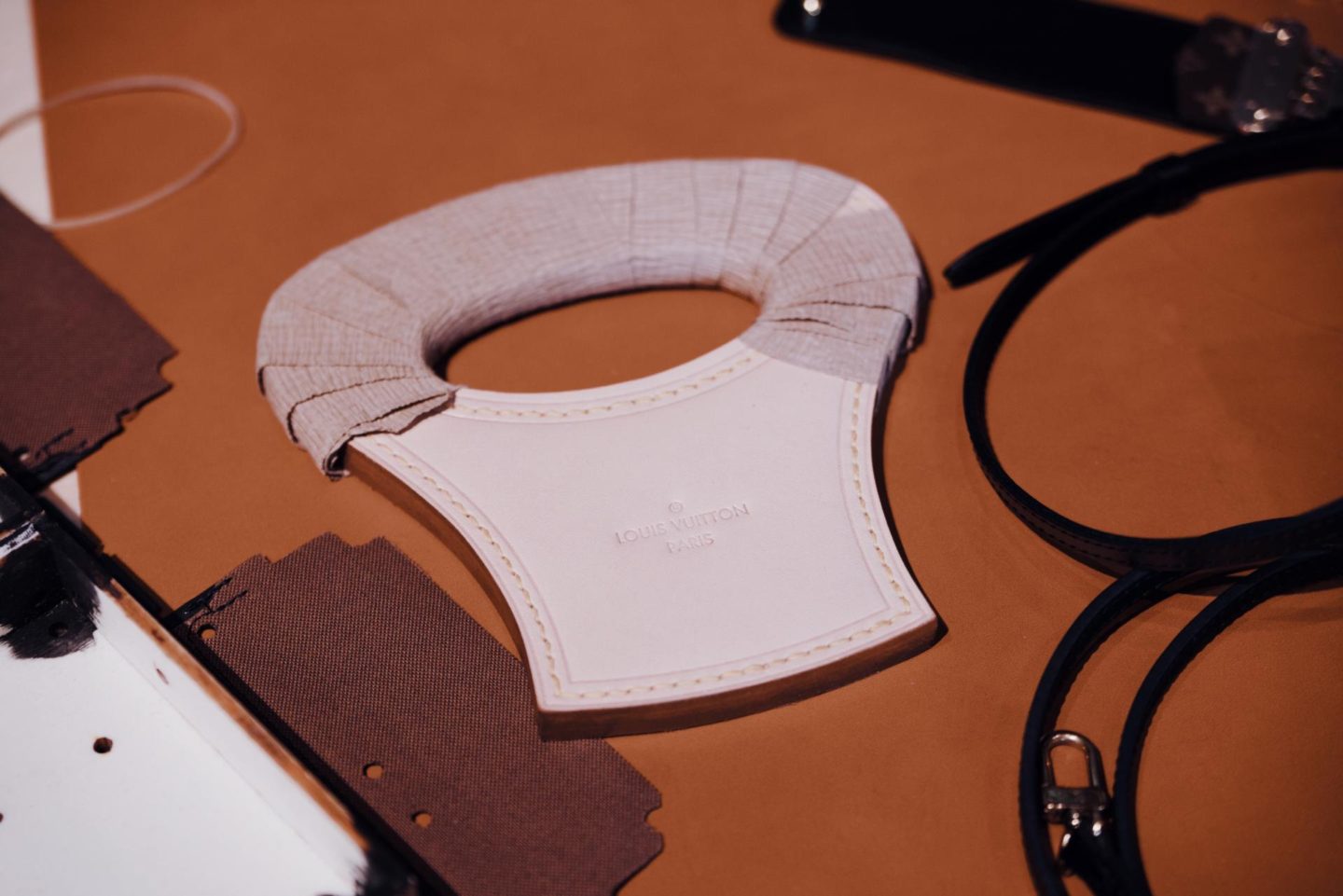

The Key To The Codes

The Key to the Codes explores Vuitton’s original trunks. Louis Vuitton’s first success was its sturdy innovative travelling trunk, from which the codes of teh House have since emerged. These include:
- the hardware – the metal components that protect the corners of each trunk, the impregnable mutli-tumbler lock and the metal straps reinforcing the frame;
- the materials – the durable coated canvas and refined leathers;
- the inimitable patterns that decorated them – the grey Trianon canvas, the beige and red striped canvas, the Damier canvas and the Monogram canvas
- the Malletage – originally used to line the trunks with textile straps which help objects in place.
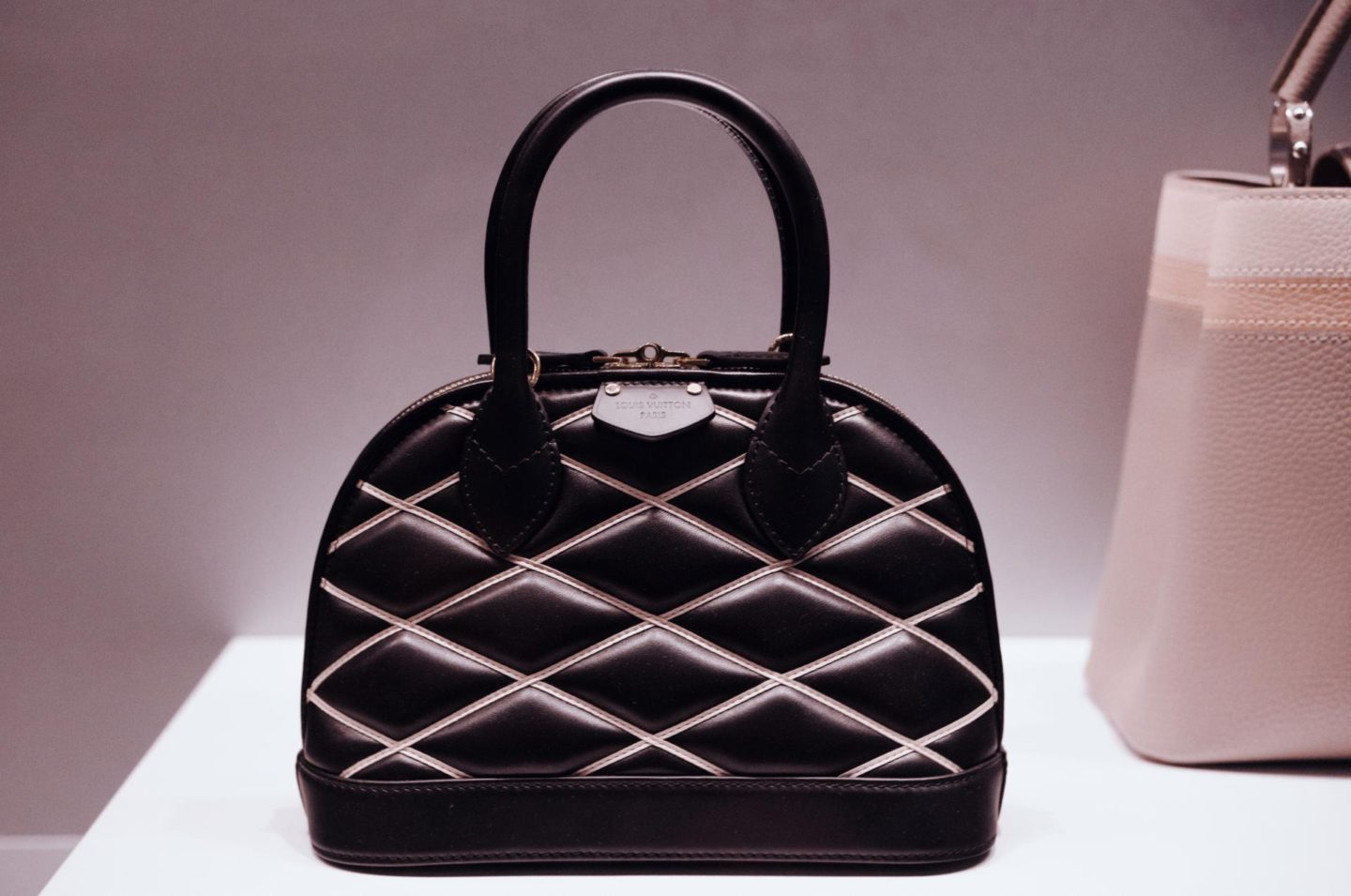
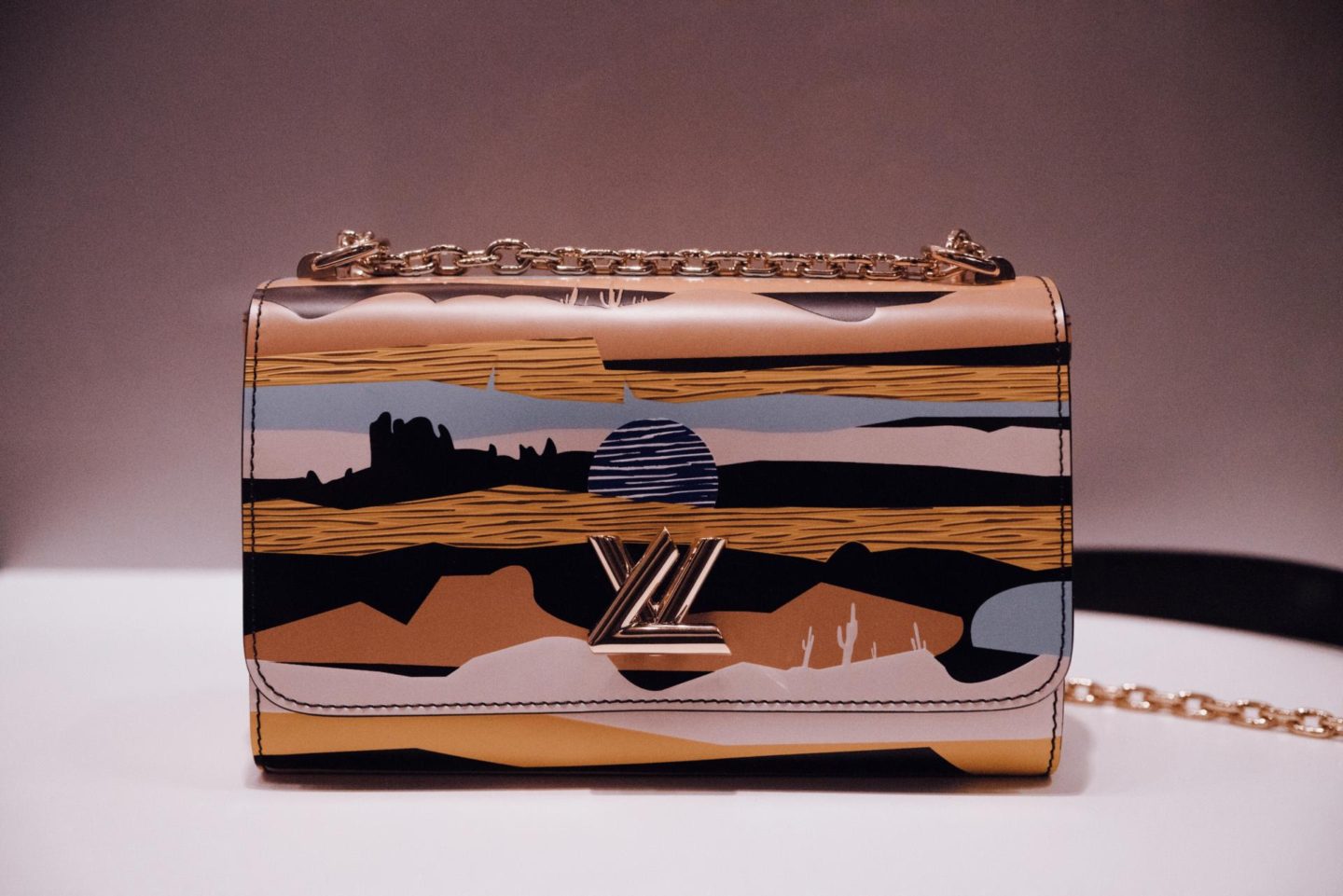
Journeys Around The World
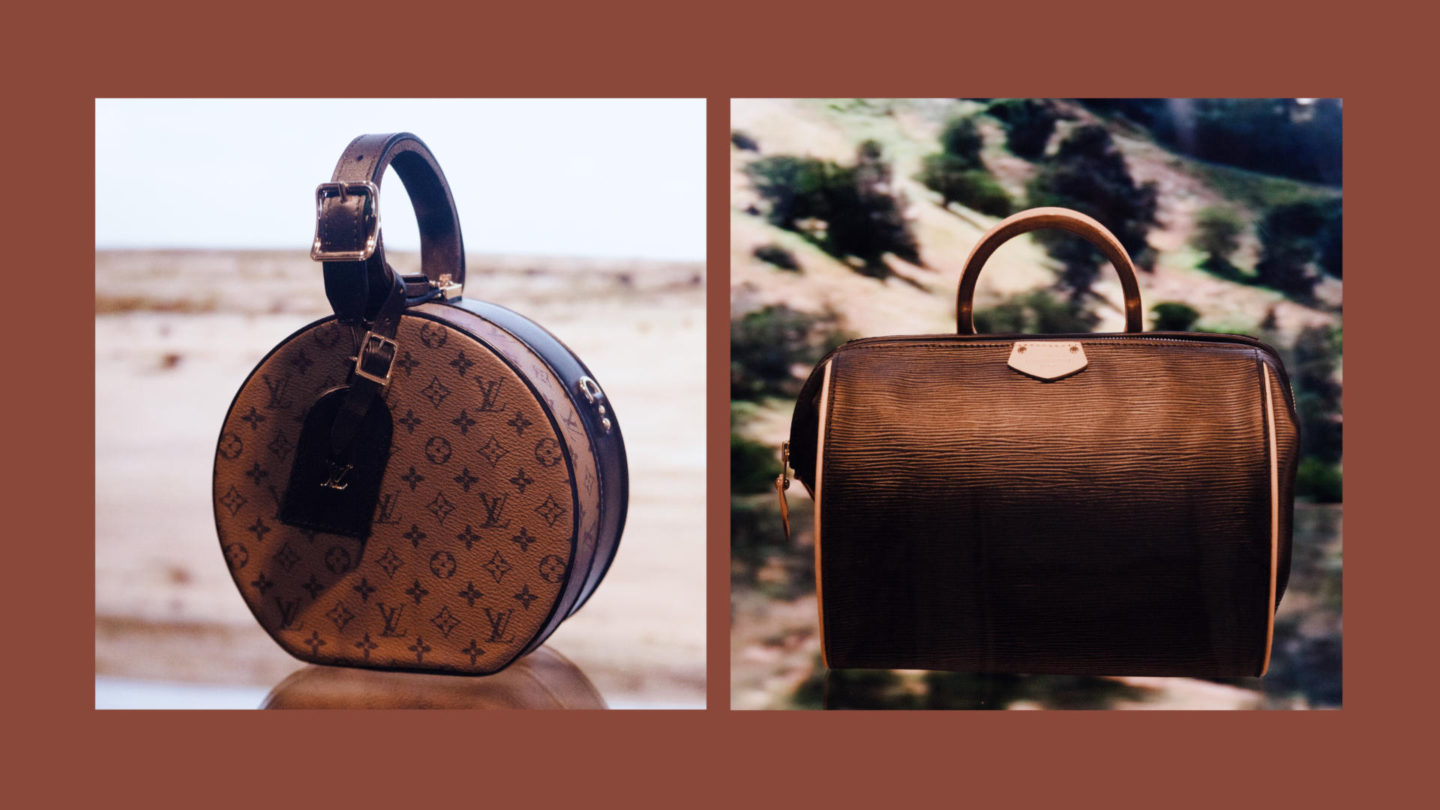
This room highlights how the brand’s luggage has evolved along with transportation advancements. After creating trunks for rail travel, Louis Vuitton anticipated the development of the motor car and unveiled the first prototype of its Car trunk in 1877; accessories and luggage followed – including the Roof trunk and the Driver’s bag. Streamer ships heralded transoceanic travel, inspiring Louis Vuitton to create Steamer bag, which could be stowed within a Wardrobe trunk compartment, and the Cabin trunk, slim enough to fit beneath a bunk. Air travel saw the arrival of the Areo trunk and the Aviette, engineered to carry the maximum amount of clothing at the lowest possible weight.
Elegance In Motion
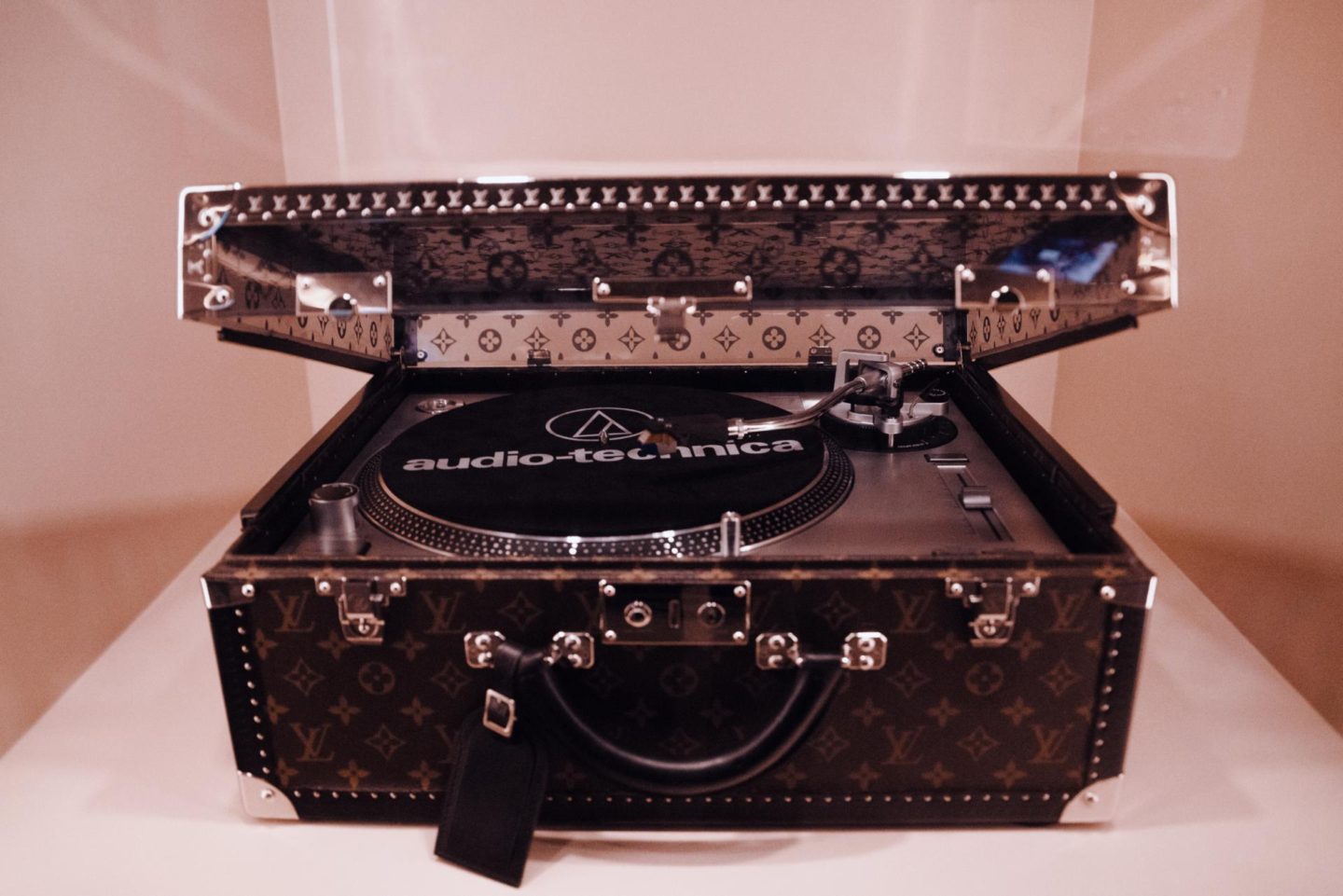
Elegance in Motion offers some insight into the lifestyle if the clients for whom Louis Vuitton has crafted custom-made items. Louis Vuitton, the founder of the House, began his career as Empress Eugeine’s favourite emballeur, an expert in the art of packing. It is also presented in what way the know-how of the emballeur is put to the use, ensuring that Louis Vuitton’s cases are a perfect fit for the goods they protect – bottles of perfume, board games, makeup, jewellery, grooming tools or even a record player.
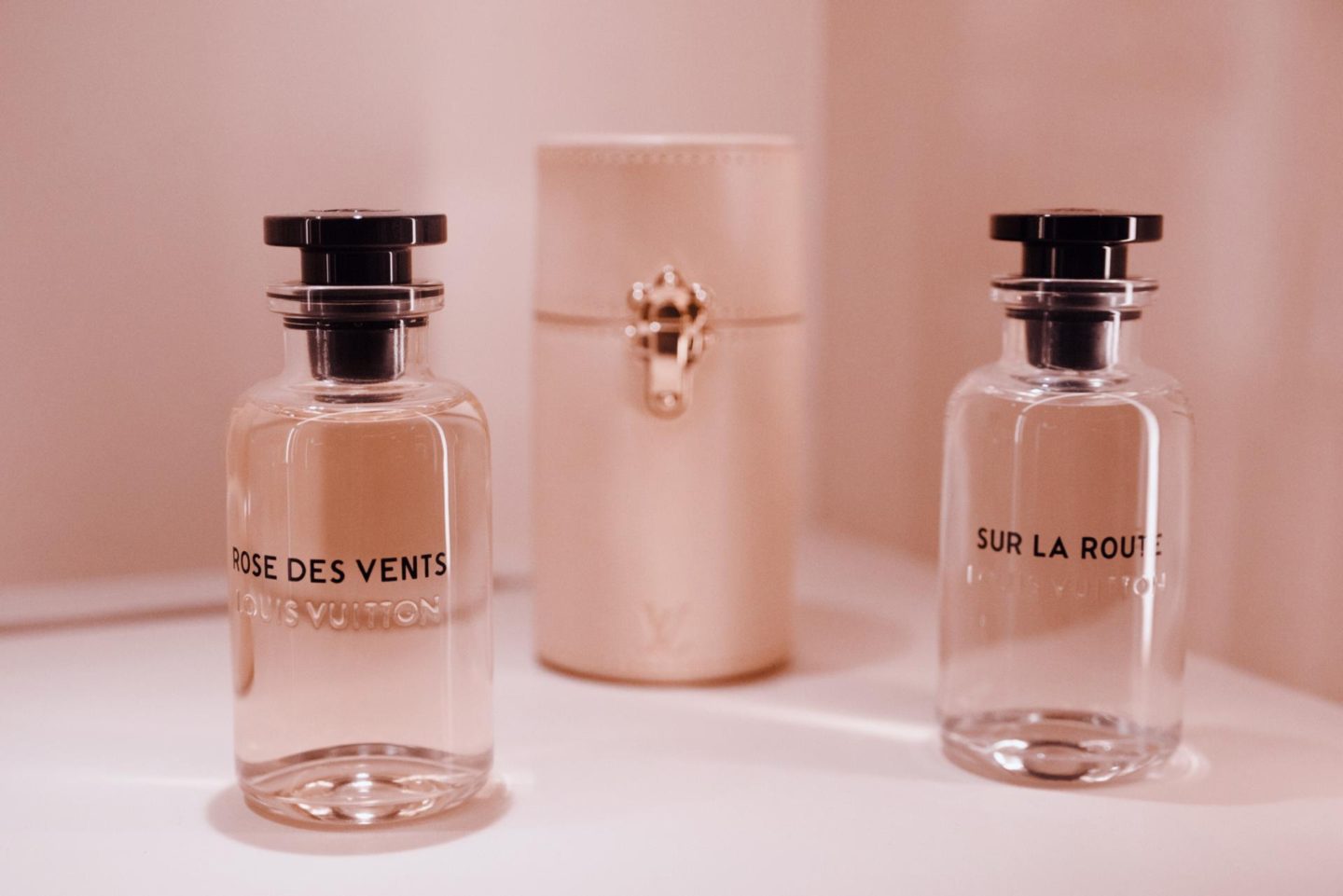
Louis Vuitton And The Arts
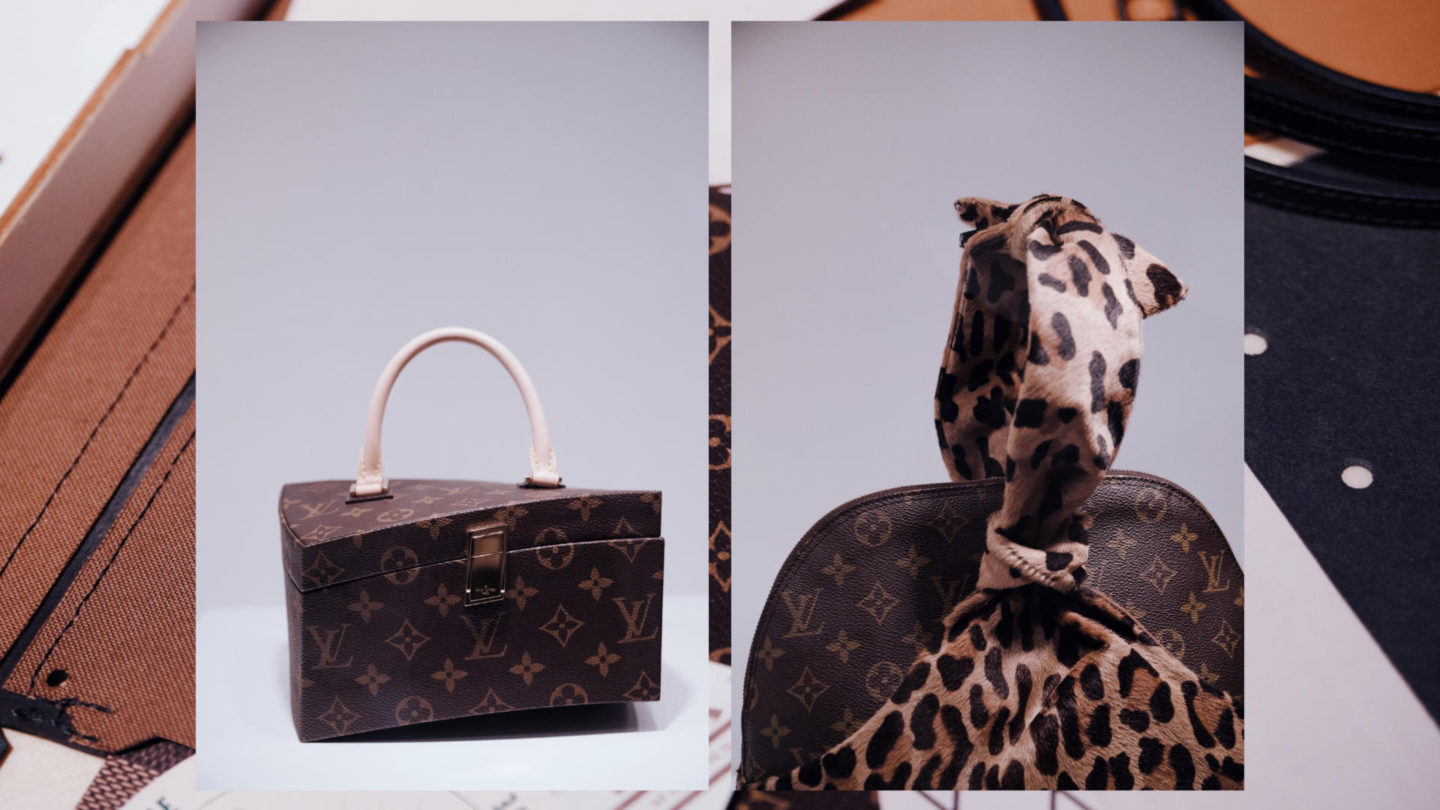
Louis Vuitton and the Arts features the brand’s most notable designs and collaborations. Faithful yo its heritage, the House has opened its doors to architects, artists and designers across decades. Some of Louis Vuitton’s earliest legendary trunks were inspired by artists such as soprano Marthe Chenal, conductor Leopold Stokowski, theatre designer Bob Wilson and artist James Turrell. Gaston-Louis Vuitton further encouraged the connection with the arts by commissioning decorative artists to design perfume bottles and exquisite items fo the House’s vanity sets in the early 1900s. The last two decades have seen an even closer relationship as Louis Vuitton has collaborated with noted artists on special projects to reinvigorate the icons of the House while providing a broader platform for art.
Contemporary artists including Stephan Sprouse, Takashi Murakami, Richard Prince and Yayoi Kusama have all brought their unique taste and artistic eye to the iconic Louis Vuitton monogram. More recently, Louis Vuitton has given carte blanche to Jeff Koons. One of the most widely recognized figures for contemporary art. Koons has brought imagery from his ‘Gazing Ball’ paintings – a series of large-scale hand-painted reproductions of works by the Old Masters – to a range of Louis Vuitton products, His recreations of masterpieces by artists including da Vinci, Titian, Rubens, Van Gogh, Monet and Manet have been transposed on to such iconic Louis Vuitton bags as the Speedy, the Keepall and the Neverfull.
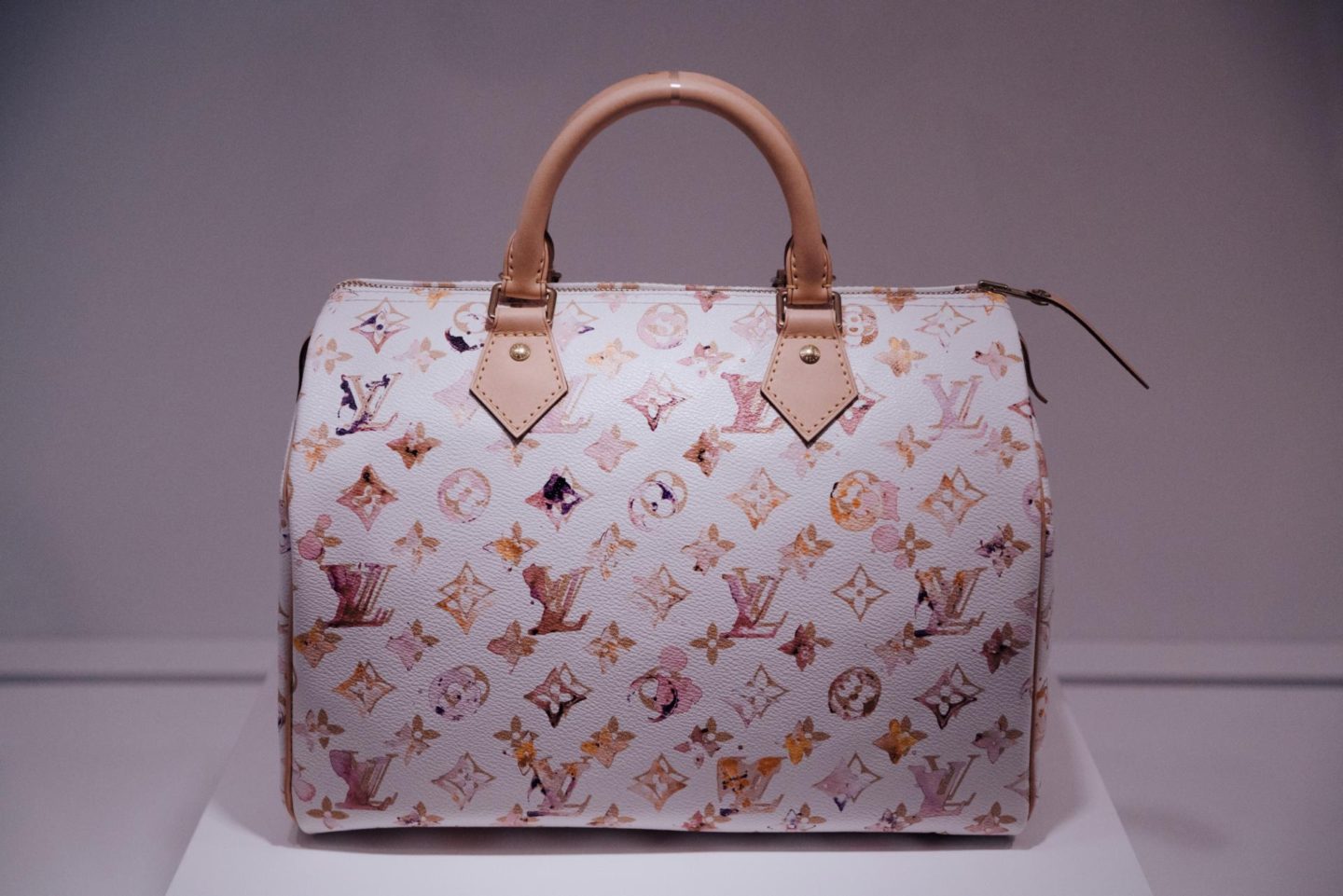
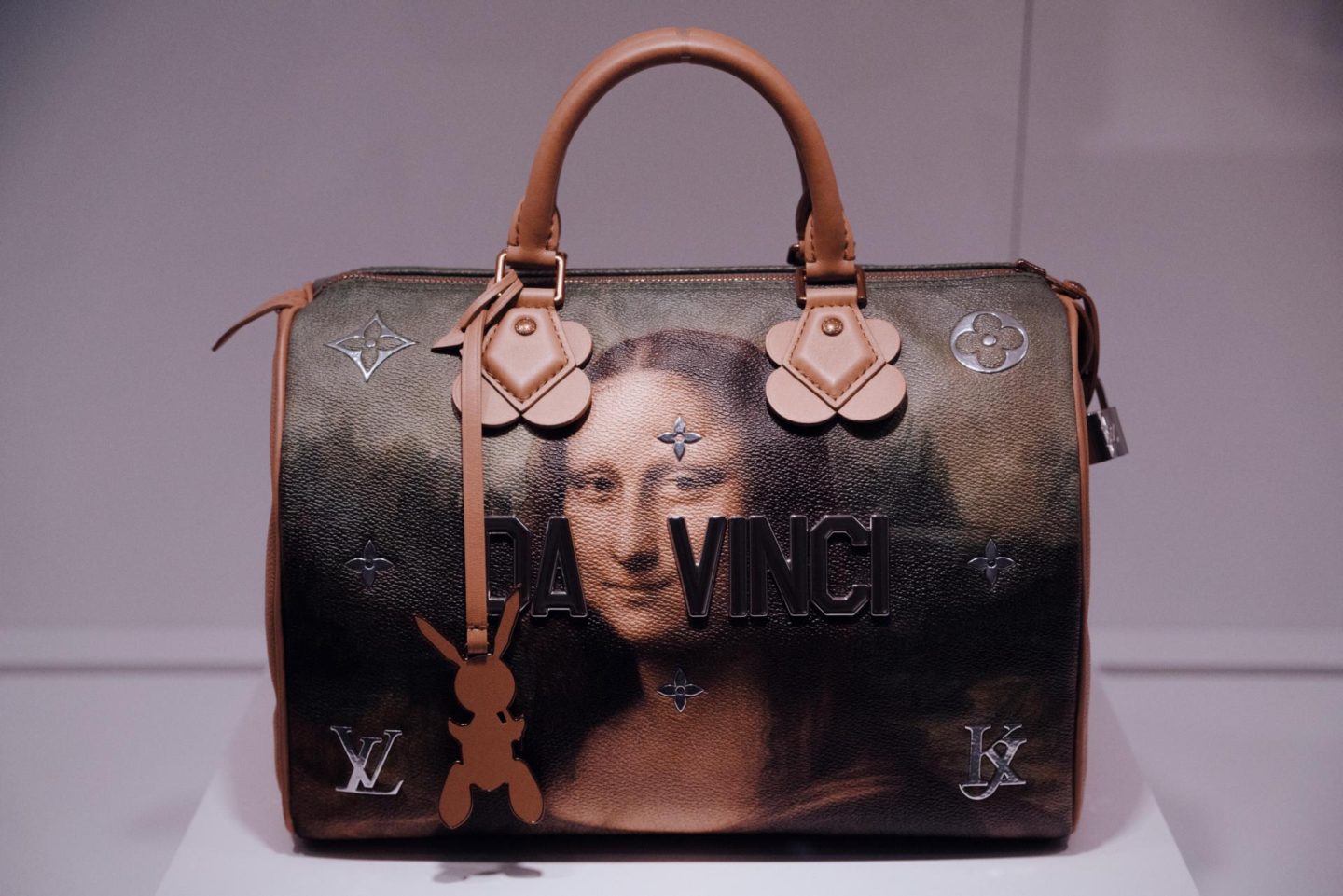
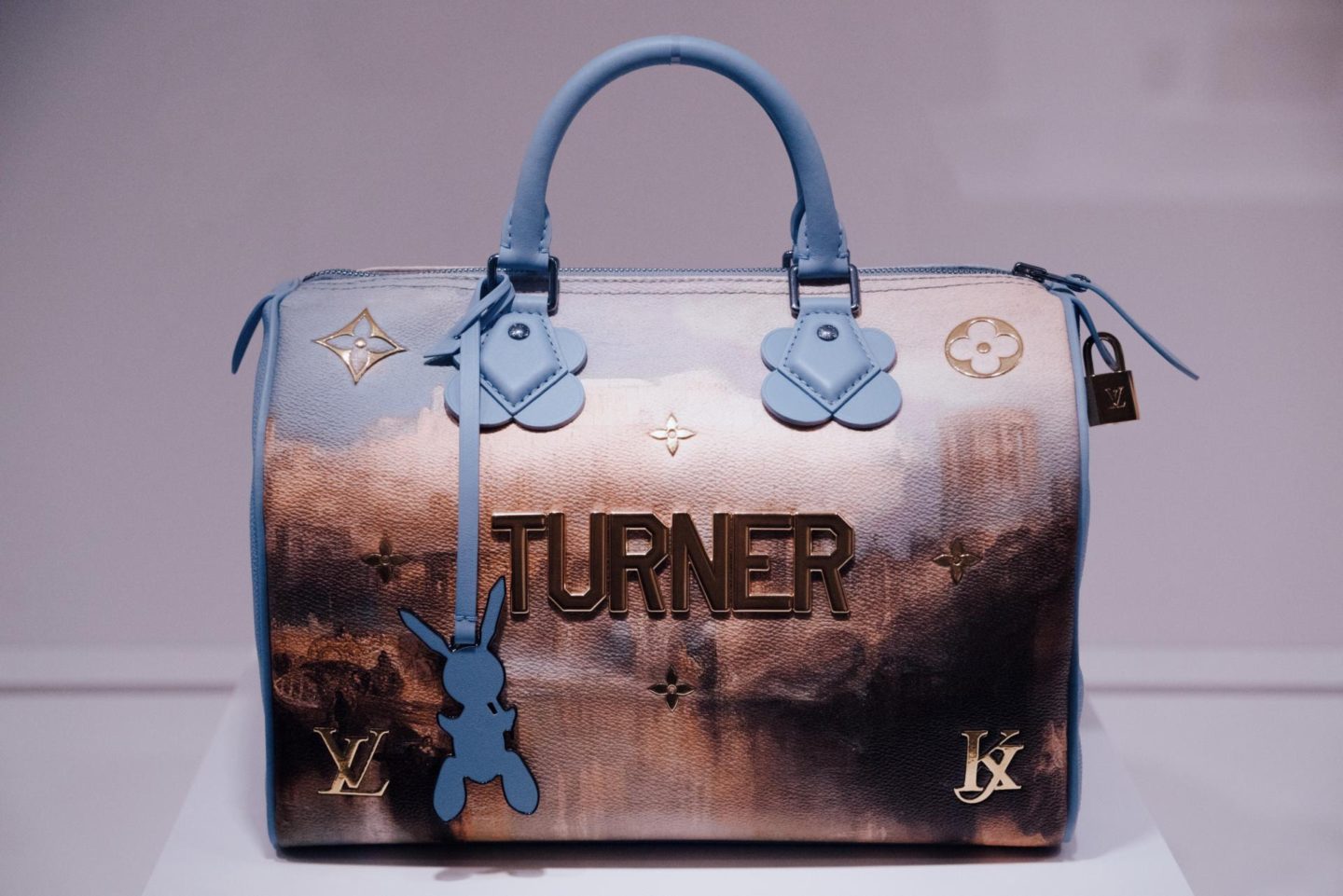
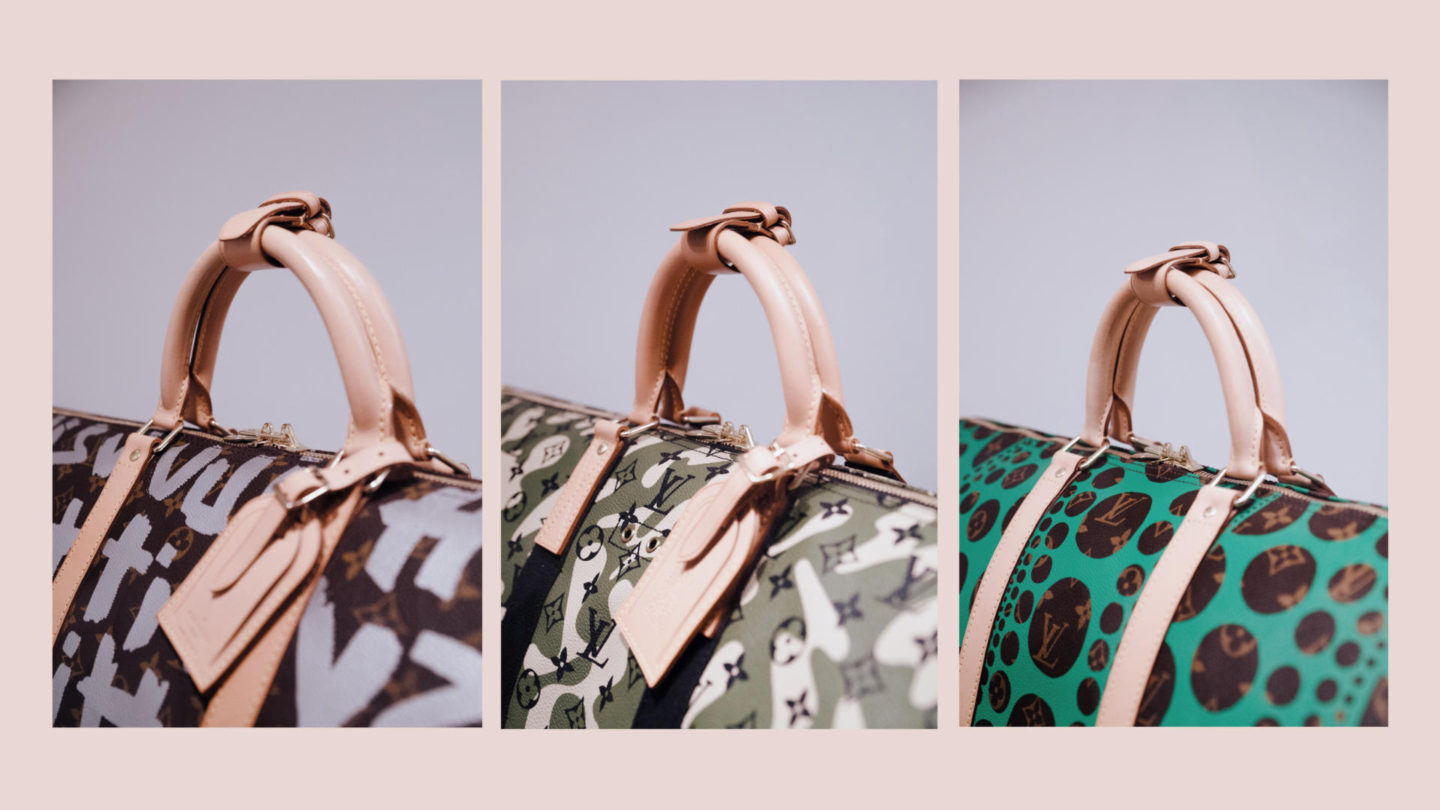
Magic Malle

Last room, Magic Malle showcases the history of the House – from the first-ever trunk produced, through the invention and constant evolution of the coated canvas, to the opening of Fondation Louis Vuitton – through a very visual and creative digital animation.
The Time Capsule exhibition in Toronto is open until the end of September, so if you haven’t had a chance to visit it yet – I totally recommend it! 👜✨

